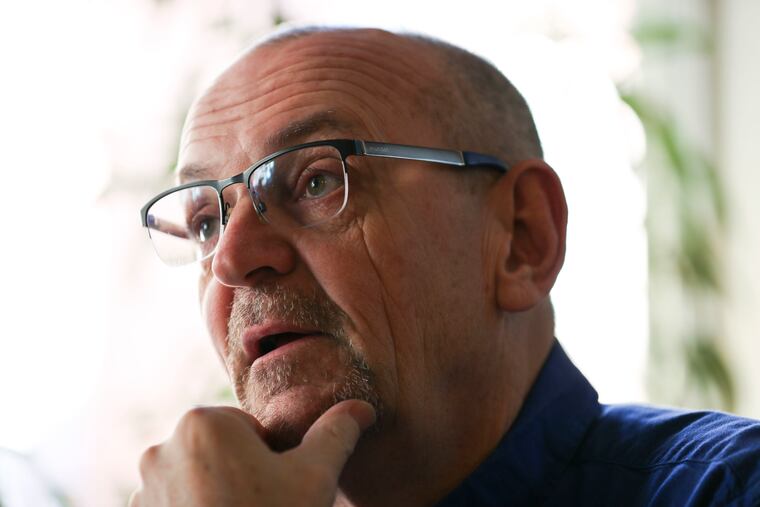Media outlets could do a lot better job of covering gun violence, The Inquirer included | Jenice Armstrong
That’s one reason Jim MacMillan organized Friday’s Initiative for Better Gun Violence Reporting Summit at WHYY at Sixth and Race Streets.

Most homicide victims in this area are people of color, and until 2-year-old Nikolette Rivera died last month, their names were largely forgotten.
Don’t believe me?
Can you name any of them? If you can’t, that’s a crying shame.
To compare, try to recall the name of a white homicide victim. If you’re like most people, including me, the name Sean Schellenger — the real estate developer stabbed to death in Rittenhouse Square in 2018 — quickly comes to mind.
» READ MORE: How race, class, and privilege shape the asbestos crisis at two Philly high schools
Don’t blame yourself.
It’s most likely the fault of the news outlets where you get your information. Gun violence involving black and brown people usually doesn’t get the same level of coverage as it does when the victims are white.
Take our report about 10-year-old Semaj O’Branty, who was shot in the head in Frankford while walking home from school on Wednesday. That should have been front-page news.
What made The Inquirer’s front page the following day? A Washington Post story about Ukraine; two pieces about Tuesday’s election; and one about a murder trial. In the middle of the page was a large photo of children about Semaj’s age in Germantown Academy’s new $1.5 million lower school library.
But nothing about an innocent boy clinging to life.
Jim MacMillan, a former Daily News photographer, first noticed subtle disparities like this while working at the newspaper.
“Back in the ’90s, I covered a lot of gun violence in Philadelphia, and various editors would say things to me" ‘This isn’t news.' Or, 'Nobody cares because it’s just a drug dealer,’" recalled MacMillan, a fellow with the Reynolds Journalism Institute at the University of Missouri. “In my opinion, ‘just a drug dealer’ often felt like code for ‘young black man.’”
MacMillan, whose 17-year tenure included a one-year leave of absence spent covering the war in Iraq, doesn’t point this out to disparage his former colleagues. He understands what happens with journalists who work on the front lines the way he did, as a roving photographer who captured images from thousands of crime scenes.
» READ MORE: Anatomy of a deadly clash
“We all get desensitized," pointed out MacMillan, who left the Daily News 11 years ago after he started feeling burned out. "We all get fatigued by the trauma. We all feel hopeless. We feel like it’s never going to change. But maybe if we focused on solutions, maybe journalists would feel more optimistic and hopeful.”
That’s why MacMillan organized Friday’s Initiative for Better Gun Violence Reporting Summit at WHYY. The gathering, which attracted reporters from as far away as Chicago and Los Angeles, was about trying to find the best ways to cover this insidious epidemic.
Members of Temple University’s emergency-room staff were there, wearing their scrubs and white lab coats. Dorothy Johnson-Speight, founder of Mothers in Charge, introduced two women who had lost relatives to gun violence.
Repeatedly the question was raised: What should journalists do to better cover gun violence?
Some answers were based on research. Jennifer Midberry, a former Daily News photographer who now teaches at Indiana University Bloomington, discussed how one research subject complained that too often, white shooters are characterized as having mental health issues, but blacks are violent and uneducated.
Others’ answers were gut-wrenching, such as when Michelle Kerr Spry, an educator whose son was killed 13 years ago, suggested including information about resources such as Mothers in Charge in homicide stories.
“There was nothing in the story that gave me any resources to teach me how to live,” Spry recalled.
Some feedback was hard to take. At one point, a journalism buddy whispered in my ear, “They expect us to do everything.”
I understood his irritation. I felt it too sometimes. This work isn’t easy. We often work with limited resources under tight deadlines, and often deal with people at the lowest moments of their lives.
But we keep at it because most of us are in this industry to do good, not to make things worse.